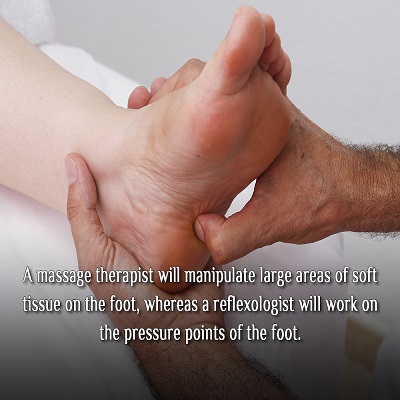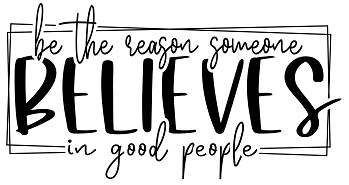 Despite the emergence of many different ‘alternative’ treatments, the practice of reflexology continues to be popular. The obvious reason for this is the benefits that many people gain. Those who have tried reflexology attest to the fact that the positive impact on their health is worth this therapy being added, or at least considered, to any treatment program.
Despite the emergence of many different ‘alternative’ treatments, the practice of reflexology continues to be popular. The obvious reason for this is the benefits that many people gain. Those who have tried reflexology attest to the fact that the positive impact on their health is worth this therapy being added, or at least considered, to any treatment program.
Difference Between Foot Reflexology and a Foot Massage
Many people believe that foot reflexology must be the same as having a foot massage. However, they are totally different. A foot massage involves manipulating large areas of soft tissue across the feet, and a massage therapist will move the myofascial tissue that holds the muscles in place. A reflexologist will work on the pressure points of the foot, whereas massage doesn’t.
A massage therapist may accidentally apply pressure on some of the pressure points, but the entire session is not aimed towards applying the right pressure on specific pressure points, as reflexology practitioners do. They are similar, however, in that they both provide relaxation.
Different Techniques Used in Reflexology
- Traditional Chinese Medicine uses the application of pressure on specific points found on the feet, hands, and ears can be made by using the knuckles, palms, fingers, or tools specifically designed for reflexology.
- Western reflexology practitioners perform this therapy with the use of what they term, ‘thumb-walking,’ ‘finger-sliding,’ ‘finger-walking’ and ‘pivoting’ techniques.
- Eastern reflexology practitioners make use of their knuckles, tools, circular friction, and light strokes.
- Massage and stretching techniques can also be incorporated when performing reflexology.
Importance of Pressure Points
The human body is made up of 800 pressure points that are located in 14 different meridians, according to Traditional Chinese Medicine. The 14 meridians are referred to as the “qi” channels, which is where life energy flows. The occurrence of a blockage anywhere in these meridians may lead to a disturbance in the body’s natural energy flow balance. This will then trigger the development of a disease or illness, plus related pain or discomfort.
In order to release this blockage, which is caused by a stagnant “qi,” a trained reflexologist will apply controlled pressure to pressure points specific to the target area. If done in the right area and with the right amount of pressure, the patient will be able to experience relief from their problem. Practitioners say this relief is due to the restoration of the flow of life energy through previously blocked meridians.
Pain relief is brought about by the release of muscle tension and the increased production of the ‘feel-good’ hormones, such as dopamine, in the body.
Reflexology practitioners know the soles of the feet can be extremely sensitive or ticklish for some people. They need to learn to apply the right amount of pressure. The pressure must be hard enough to avoid any tickling sensation but not too hard to cause pain or diminish the relaxing effect of the session.
A massage lotion will help enhance the relaxing effects of the reflexology session. It is best to apply lotion to the feet prior to starting the massage therapy. Although the lotion is optional, many practitioners suggest that it helps reduce any friction.
Do You Want To Perform Reflexology on Someone Else?
If you would like to perform reflexology on a friend or partner, make sure you follow these few tips:
- Hold the foot by its Achilles tendon using your non-dominant hand.
- If the patient is a woman, start working on her right foot.
- If the patient is a male, start on the left foot.
- Don’t apply too much pressure; otherwise, the patient will only feel discomfort. The pressure points when pressed too hard can make your patient jump in pain!
- Remember, the entire reflexology session is supposed to provide relaxation. If your patient is not relaxed, you are doing something wrong.





